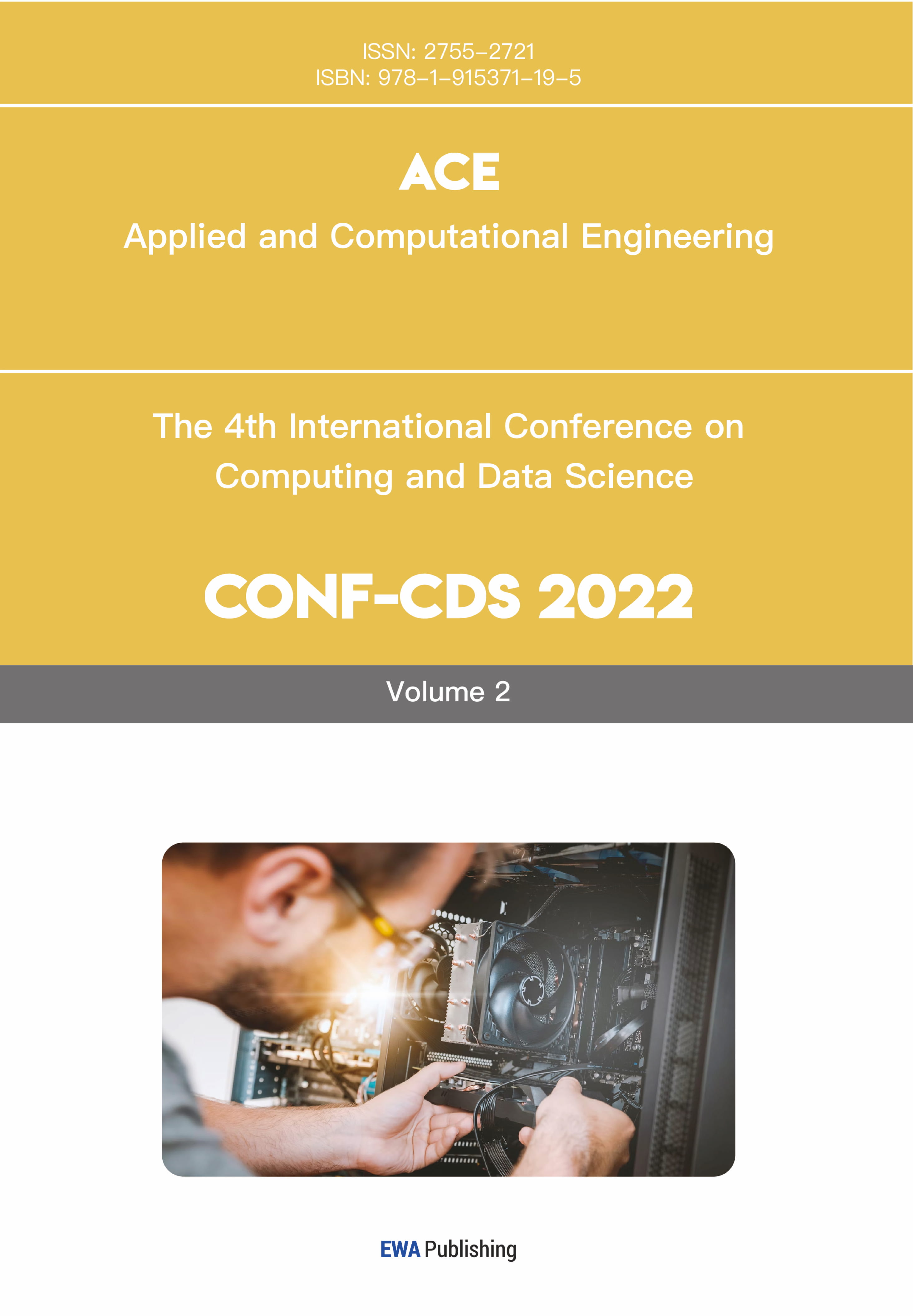References
[1]. Kang M, Kim S. Guidedmixup: an efficient mixup strategy guided by saliency maps [C]//Proceedings of the AAAI conference on artificial intelligence. 2023, 37(1): 1096-1104.
[2]. Molchanov P, Mallya A, Tyree S, et al. Importance estimation for neural network pruning [C]//Proceedings of the IEEE/CVF conference on computer vision and pattern recognition. 2019: 11264-11272.
[3]. Xiao H, Rasul K, Vollgraf R. Fashion-mnist: a novel image dataset for benchmarking machine learning algorithms [J]. arXiv preprint arXiv: 1708.07747, 2017.
[4]. Bouti A, Mahraz M A, Riffi J, et al. A robust system for road sign detection and classification using LeNet architecture based on convolutional neural network [J]. Soft Computing, 2020, 24(9): 6721-6733.
[5]. Maharana K, Mondal S, Nemade B. A review: Data pre-processing and data augmentation techniques [J]. Global Transitions Proceedings, 2022, 3(1): 91-99.
[6]. Goodfellow I, Pouget-Abadie J, Mirza M, et al. Generative adversarial networks [J]. Communications of the ACM, 2020, 63(11): 139-144.
[7]. Kusner M J, Paige B, Hernández-Lobato J M. Grammar variational autoencoder [C]//International conference on machine learning. PMLR, 2017: 1945-1954.
[8]. Chapelle O, Weston J, Bottou L, et al. Vicinal risk minimization [J]. Advances in neural information processing systems, 2000, 13.
[9]. Zagoruyko S, Komodakis N. Wide residual networks [J]. arXiv preprint arXiv: 1605.07146, 2016.
[10]. Zhong L, Wan F, Chen R, et al. Blockpruner: Fine-grained pruning for large language models [J]. arXiv preprint arXiv: 2406.10594, 2024.
[11]. Anwar S, Hwang K, Sung W. Structured pruning of deep convolutional neural networks [J]. ACM Journal on Emerging Technologies in Computing Systems (JETC), 2017, 13(3): 1-18.
[12]. Jordao A, Lie M, Schwartz W R. Discriminative layer pruning for convolutional neural networks [J]. IEEE Journal of Selected Topics in Signal Processing, 2020, 14(4): 828-837.
[13]. Abdelkhalik H, Arafa Y, Santhi N, et al. Demystifying the nvidia ampere architecture through microbenchmarking and instruction-level analysis [C]//2022 IEEE High Performance Extreme Computing Conference (HPEC). Ieee, 2022: 1-8.
[14]. Shah A, Shao M. Deep Compression with Adversarial Robustness Via Decision Boundary Smoothing [J]. 2025.
[15]. Gale T, Elsen E, Hooker S. The state of sparsity in deep neural networks [J]. arXiv preprint arXiv: 1902.09574, 2019



